Nationality British Name Dorothy Garrod | Role Archaeologist Fields Archaeology | |
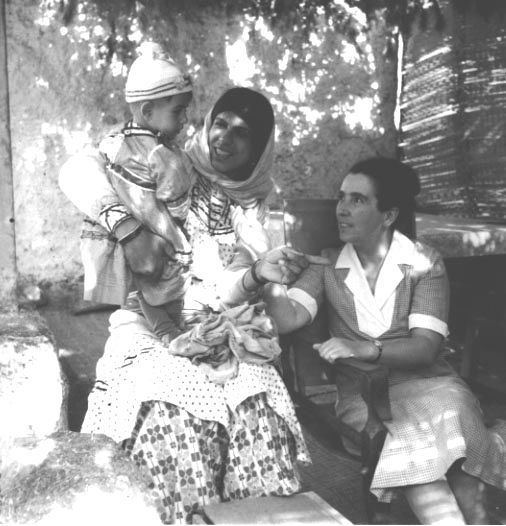 | ||
Born 5 May 1892Oxford ( 1892-05-05 ) Died December 18, 1968, Cambridge Education Newnham College, Cambridge Books The Upper Palaeolithic Age in Britain, Environment, tools & man | ||
Dorothy Annie Elizabeth Garrod, CBE, FBA (5 May 1892 – 18 December 1968) was a British archaeologist who specialised in the Palaeolithic period. She held the position of Disney Professor of Archaeology at the University of Cambridge from 1938 to 1952, and was the first woman to hold an Oxbridge chair.
Contents
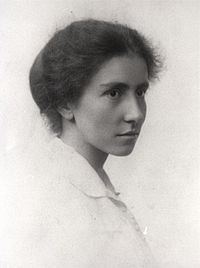
Early life and education

Garrod was the daughter of the physician Sir Archibald Garrod and was raised in Melton, Suffolk by a number of governesses. In 1913, she entered Newnham College, Cambridge where she was one of very few women students. She graduated in 1916 with a degree in history, and undertook war work until she was demobilised in 1919. She then went to Malta where her father was working and to occupy herself she took an interest in the local antiquities.
Career
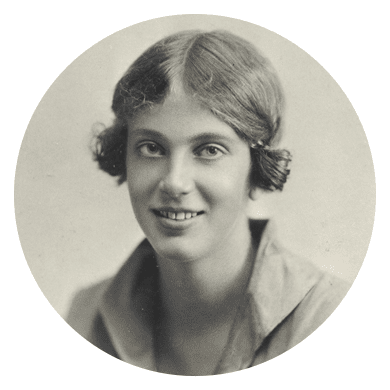
On returning to England, Garrod decided to read for a Diploma in Anthropology at the Pitt Rivers Museum, University of Oxford, where she enrolled in 1921. She was taught by Robert Ranulph Marett and received a distinction on graduating in 1922. Garrod then spent two years studying with the leading French prehistorian Abbé Breuil at the Institut de Paleontologié Humaine in Paris.
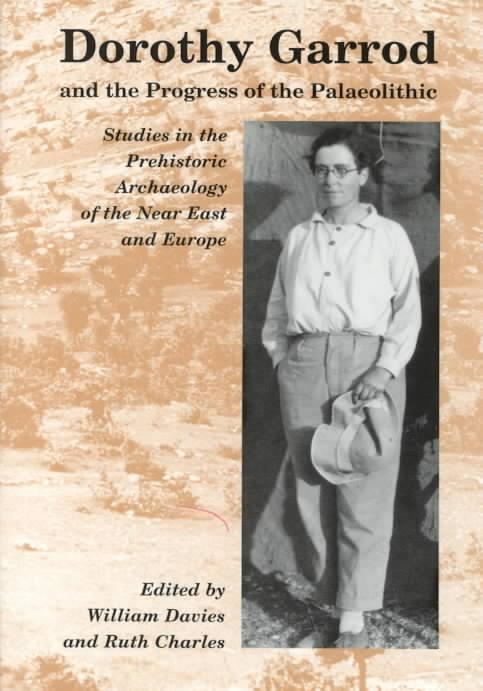
On the completion of her studies, she began to excavate in Gibraltar. Following a recommendation from Breuil, she investigated Devil's Tower Cave which was only 350 metres from Forbes' Quarry where a Neanderthal skull had been found previously. Garrod discovered the important Neanderthal skull now called Gibraltar 2 in this cave in 1925.

In 1926, Garrod published her first academic work, The Upper Paleolithic of Britain, for which she was awarded a B. Sc. degree by the University of Oxford. In 1928 she led an expedition through South Kurdistan that led to the excavation of Hazar Merd Cave and Zarzi cave.
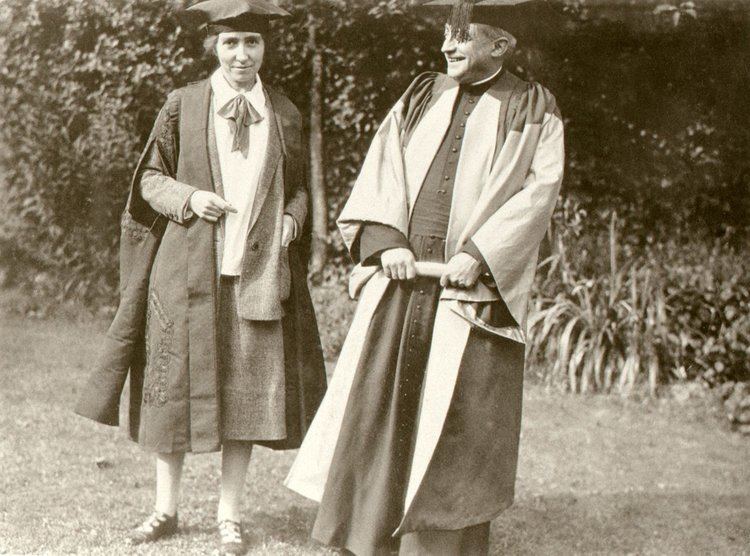
In 1929, Garrod was appointed to direct excavations at Wadi el-Mughara at Mount Carmel in Palestine as a joint project between the American School of Prehistoric Research and the British School of Anthropology in Jerusalem. The series of 12 extensive excavations was completed over a period of 22 months and the results established a chronological framework which remains crucial to the present understanding of that prehistoric period. Working closely with Dorothea Bate, she demonstrated a long sequence of Lower Palaeolithic, Middle Palaeolithic and Epipalaeolithic occupations in the caves of Tabun, El Wad, Es Skhul, Shuqba (Shuqbah) and Kebara Cave. She also coined the cultural label for the late Epipalaeolithic Natufian culture (from Wadi an-Natuf, the location of the Shuqba cave) following her excavations at Es Skhul and El Wad. Her excavations at the cave sites in the Levant were conducted with almost exclusively women workers recruited from local villages, and were also the first excavations to use aerial photography.
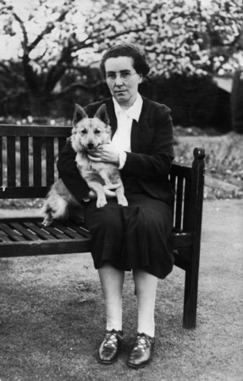
In 1937, Garrod published The Stone Age of Mount Carmel, considered a ground-breaking work in the area. In 1938, she travelled to Bulgaria and excavated the Palaeolithic cave of Bacho Kiro.
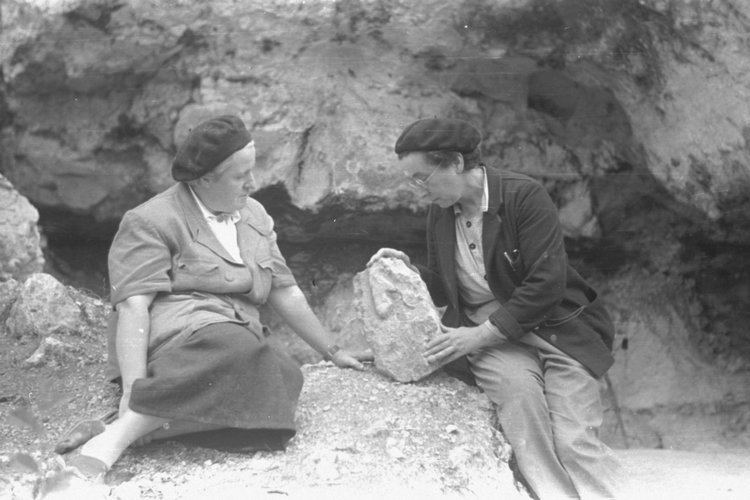
After holding a number of academic positions, including Newnham College's Director of Studies for Archaeology and Anthropology, she was made Disney Professor of Archaeology at Cambridge on 6 May 1939, a post she held until 1952. Her appointment was greeted with excitement by women students and a "college feast" was held at Newnham in her honour. In addition, the Cambridge Review reported "The election of a woman to the Disney Professorship of Archaeology is an immense step forward towards complete equality between men and women in the University".
From 1941 to 1945, Garrod took a leave of absence from the university and served in the Women's Auxiliary Air Force. She was based at the RAF Medmenham photographic interpretation unit as a section officer.
Following the war, Garrod returned to her position and introduced a number of changes to the department, including the introduction of a module of study on World Prehistory. Where previously prehistory had been considered particularly French or European, Garrod expanded the subject to a global scale. Garrod also made changes to the structure of archaeology studies, and as a result Cambridge became the first university in Britain to offer undergraduate courses in prehistoric archaeology. During the university summer vacations, Garrod travelled to France and excavated at two importante sites: Fontéchevade cave, with Germaine Henri-Martin, and Angles-sur-l'Anglin, with Suzanne de St. Mathurin.
Later life
On her retirement in 1952, Garrod moved to France, but continued to research and excavate. In 1958, aged 66, she excavated on the Adlun headland in Lebanon, with the assistance of Diana Kirkbride. The following year she was asked to urgently excavate at Ras el-Kelb, as a significant cave had been disturbed by road and rail construction. Henri-Martin and de St. Mathurin assisted Garrod for seven weeks, with the remaining material being removed to the National Museum of Beirut for more detailed study. She returned to Adlun again in 1963, with a team of younger archaeologists, however her health began to fail and she was often absent from the sites.
In the summer of 1968, Garrod suffered a stroke while visiting relatives in Cambridge. She died in a nursing home there on 18 December, aged 76.
Awards and recognition
In 1937, Garrod was awarded Honorary Doctorates from the University of Pennsylvania and Boston College and a DSc. from the University of Oxford. She was elected a Fellow of the British Academy in 1952, and in 1965 she was awarded the CBE. She felt it was important that archaeologists travel and therefore left money to found the Dorothy Garrod Travel Fund. In 1968 the Society of Antiquaries of London presented her with its Gold Medal.
